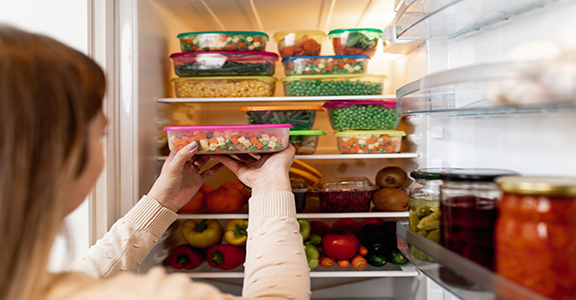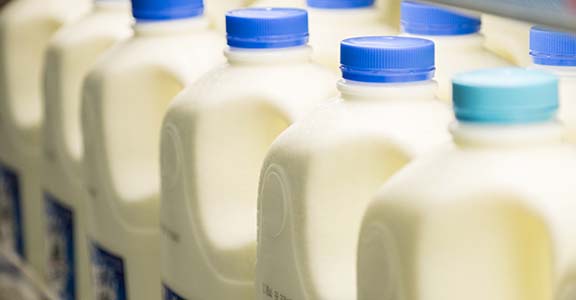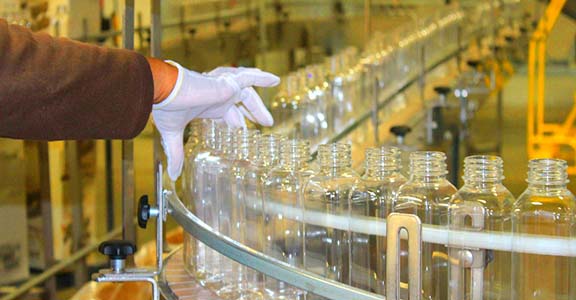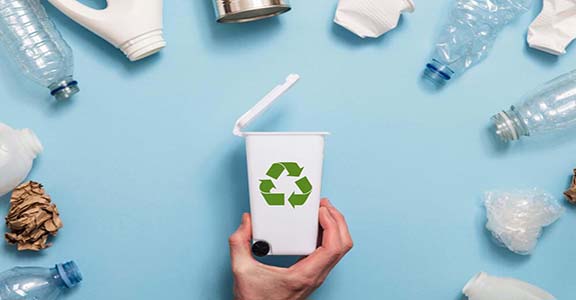Which plastics are safe for us?
Plastics have affected all aspects of our lives. While bringing convenience to human life, it also brings troubles. Is plastic safe?
If you want to know the safety of plastics, you must understand plastics. Let's take a look at how plastics in daily life tell you their identity.
If you've ever looked at the bottom of a water bottle or other plastic food packaging, you may have seen symbols and numbers printed on it.If you've ever looked at the bottom of a water bottle or other plastic food packaging, you may have seen symbols and numbers printed on it. These numbers and symbols are their ID cards, and they will tell you what the plastics that you are in close contact with every day are from.

#1, PET, Poly(ethylene terephthalate)
If your soda bottle or peanut butter jar has a "1" printed on the bottom, it's a PET container. These containers are lightweight, clear and smooth, and are intended for single use only. PET is one of the easiest varieties of plastic to recycle and is commonly used in bottled or soda water, detergent containers and peanut butter jars. Currently, the plastic has no known health issues or concerns, and it is often recycled into new bottles or polyester fabric.
#2 HDPE ( High density polyethylene)
Like PET, HDPE is a commonly used, safe plastic container. The plastic container is indicated by the number "2". According to Chemical Safety Facts, HDPE products are safe and known not to deliver any chemicals into food or beverages, making the plastic a low health risk plastic. This plastic is most commonly used in milk or water bottles, laundry detergent and shampoo bottles. Like PET, HDPE is a single-use container and should be properly recycled after use. Typically, these containers are either recycled and made into new containers or converted into plastic lumber, pipes, rope or toys.
While PET and HDPE do not have any associated health risks, PVC (represented by the number "3" on plastic) has been shown to generate harmful chemicals such as lead, DEHA and dioxins during production, disposal or destruction. PVC is often found in clear food packaging or plastic wrap, some plastic squeeze bottles, vinyl piping and shower curtains. Due to the presence of chemical additives, this plastic is one of the most non-recyclable varieties.
#4 LDPE (Low density polyethylene)
LDPE is generally a safe plastic variety and there are no known health risks to using it. However, the production of LDPE does generate organic pollutants that are potentially harmful to the environment. LDPE (denoted by the number "4") is not generally recycled and is most commonly used to package bread or frozen foods. Most plastic packaging is also made of low-density polyethylene and is intended for single use only.

#5 PP (Polypropylene)
Polypropylene containers do not leach harmful chemicals into food or liquids, nor do they cause any known health problems. The plastic is often translucent or opaque and has a high melting point, which often makes these containers microwave- or dishwasher-safe, according to Chemical Safety Facts.
Type "5" plastic is used to make yogurt containers, cream cheese containers, maple syrup bottles, or prescription bottles. Unlike other safe plastics, PP is not easy to recycle.
#6 PS (or GPPS) (Polystyrene or general purpose polystyrene)
Polystyrene can be either rigid or shaped (styrofoam) and is denoted by the number "5". While it is possible to recycle this plastic, it is often not economically viable. Hard-form PS plastic is often found in CD cases or disposable tableware, while Styrofoam is used for egg cartons or building insulation.
The number "7" means your container is a mix of various other plastics. Typically, mixed plastics are nearly impossible to recycle. Hybrid plastics are commonly used to make items such as lids, medical storage containers, sports drink bottles and jugs.

How to use your plastic containers?
While some plastics present health risks, you don't have to panic enough to throw out all the plastic water bottles in your home and plastic containers in the kitchen. Here are some precautions for the safe use of plastic containers:
1. Do not heat food in plastic containers.
2. Wash your plastic products with a mild detergent.
3. If necessary, use containers of other materials.

Dema commits to create value for our clients, provide solutions of polymer raw materials, like PP, PE, PVC, PET, ABS and FIBC bags, and help you occupied a competitive position in your market. You are welcome to contact us at any time, we will serve you wholeheartedly.
Ask a quote for the latest price and one of our team members will respond as soon as possible. Fields marked with * are required.
